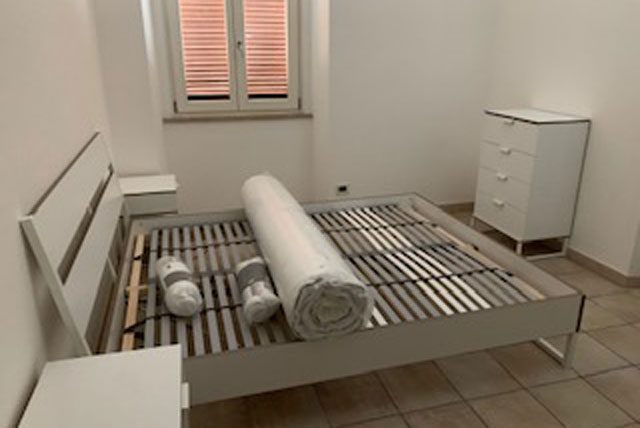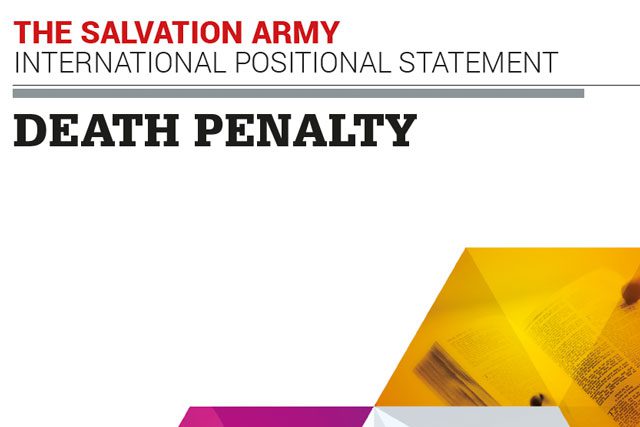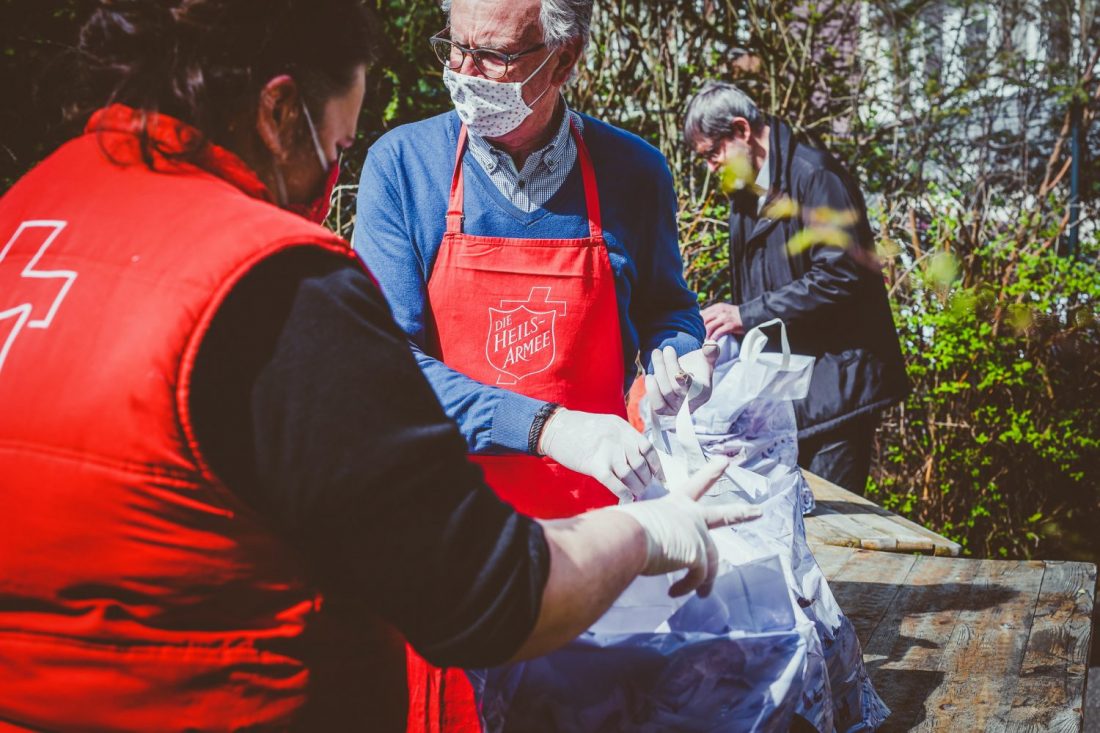Army at work in Haiti
School reopens as Salvation Army takes responsibility for 20,000 people in Haiti
Updates from Haiti cross our desks daily; the volume of news—of the ongoing efforts there of Salvationists and friends—is overwhelming and impossible to contain in the pages of New Frontier.
For current updates, visit blog.salvationarmyusa.org; reports are also available at www.usw.salvationarmy.org, www.salvationarmyusa.org and www.salvationarmy.org. On Facebook, visit the page of The Salvation Army Haiti for news, comments and photos.
(Jan. 26, 2010) Salvation Army teams in Haiti continue to focus their attention on 12,000 people living on and around a large soccer field behind the main Salvation Army compound in the St Martin area of Port-au-Prince. The United Nations Shelter Cluster has designated The Salvation Army as the “lead agency” for the soccer stadium and another plaza, both adjacent to the Army’s compound. This designation gives The Salvation Army official responsibility to care for more than 20,000 people made homeless by the earthquake.
Life in the soccer field
Before the earthquake a 10,000-seater arena, usually hosting soccer games and music concerts, was the nearest neighbour of the Salvation Army compound. The earthquake of 12 January destroyed all but the first three rows of spectator seats in the stadium. The upper seats collapsed outwards and left the field and the remaining seats intact. Quickly the site became a new residential area of homes comprised of temporary walls of cardboard and plastic sheeting and a few tents.
Registration of people living in the field is almost complete – this is important as United Nations deliveries of food rations will eventually become tied to numbers of registered people in any given district.
Salvation Army teams have distributed more than 24,000 meals in the area around its compound. The food was provided by the United Nations World Food Programme. A 10,000-gallon water purification system, replenished daily, is also operational. The water system was provided by EDGE, a Christian aid agency.
Reopening the school
Indicating a small sign that life goes on, The Salvation Army is reopening a school on a temporary site at its compound in Port-au-Prince. Prior to the earthquake, 1,500 children attended the Salvation Army school, sponsored by Kindernothilfe (KNH). Two of the school’s main buildings were destroyed in the earthquake and people are too terrified to enter buildings that are still standing. Salvation Army workers will continue to provide children aged three to six years old with security, nutrition and medical assistance as needed in a makeshift school.
Meeting other needs
Salvation Army workers are also helping people in other disaster-stricken areas. A mobile canteen distributes food and water to villages and outlying districts of Port-au-Prince. Also, 4,000 pairs of lightweight “duck” shoes have been distributed. United Nations security personnel are providing assistance to ensure an efficient and orderly distribution process.
An assessment team has been to Petit Goave, a coastal town 68 kilometers south of Port-au-Prince that was badly damaged by the earthquake. It has been very difficult for aid to reach the area because of debris blocking the road.
Major Emmanuel Michaud and Captain Serge Lainne, Haitian-born Salvation Army officers serving in the USA, conducted the assessment and will coordinate the relief effort in the region. Michaud said: “Getting there will be ragged and rugged because the roads are badly damaged but—with caution, care and God’s help—we can transport volunteers, materials and hope to these people.”
Team members continue to attend UN “Cluster Meetings” to coordinate relief activities with other major organizations and ensure the most efficient use of resources. Workers say that food is such a desperate need that many people, though seriously injured, will line up to receive food before seeking medical treatment because they feel lack of food is the greater threat to their immediate survival.
Medical treatment, food and water
On Sunday, Jan. 24, 295 families were given medical treatment. More than 1,200 people have received medical aid from Salvation Army doctors, nurses, paramedics and other specialists. The medical teams delivered several babies at the main compound and were also dispatched to various orphanages in the area to assist children and infants who had received little help since the earthquake.
The Salvation Army’s first major shipment of supplies, including food and water, has now reached Port-au-Prince. The delivery came overland from Santo Domingo in the neighboring Dominican Republic. The food and water will be distributed as soon as logistics for an orderly distribution are arranged and coordinated with the support of the United Nations.
Four shipping containers of food, water and personal hygiene items from Jamaica are due to reach Lafiteau, a small port 12 miles from Port-au-Prince, today (26 January). Two of these containers have been prepared by The Salvation Army’s Caribbean Territory and will be distributed by the Salvation Army team in Port-au-Prince.
A second major shipment—arranged by the USA-based Salvation Army World Services Organization (SAWSO) and facilitated through the delivery company UPS—is en route via Santo Domingo. The shipment consists of 20 pallets of food that will provide more than 91,000 meals and water in half-liter bottles and gallon jugs.
Working with others
Hundreds of volunteers continue to show up at The Salvation Army’s Territorial Headquarters in Kingston, Jamaica. There they receive, sort and repack the many donations of food and clothing that arrive at the Army’s Disaster Services warehouse.
The Salvation Army is working with the Haitian government, the US military, the US Government’s Federal Emergency Management Agency (FEMA), the UN, other non-governmental organizations and its corporate partners to implement a broad response to the disaster.
Lt. Colonel Lindsay Rowe (Chief Secretary of The Salvation Army’s Caribbean Territory) said: “We continue to be deeply moved by the support the Caribbean Territory is receiving from around the world. Our most urgent needs are for prayer and finances to sustain a long-term commitment to rebuild a better Haiti.”










